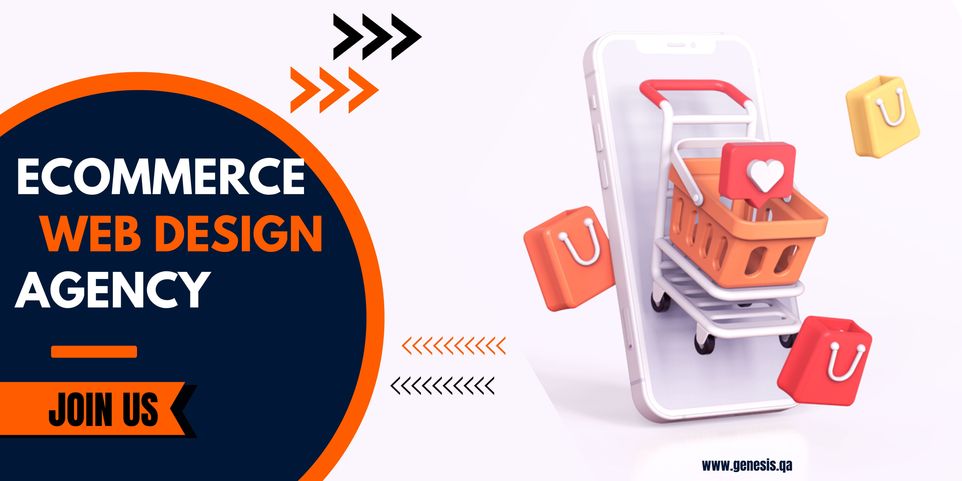Online shopping is growing in popularity, and nearly 15 percent of all sales take place online. That number is steadily increasing, and if you want your small business to be a part of this growing trend, it’s absolutely crucial that you have an ecommerce-friendly website.
What is ecommerce website development?
Ecommerce website development is the process of creating a functional ecommerce platform. This involves building both the backend and frontend of your online storefront and integrating it with a payment gateway and other third-party services.
What does ecommerce website development involve?
Establishing a brand involves determining whether your online business is business-to-business (B2B) or business-to-consumer (B2C). You should tailor your ecommerce project to meet the needs and tastes of your target audience; for example, you might use more detailed product descriptions if you’re selling to other businesses than if you’re selling to consumers. Finally, come up with a snappy name for your company—something memorable and unique that effectively conveys what your brand stands for.
Purchase a domain name to serve as the web address for your ecommerce site. It is important to ensure that the name you select is not already being used by another company or entity. While it is possible to purchase existing domain names, this can be expensive. Many individuals and businesses register their websites using available generic top-level domains (gTLDs) such as .com and .org, but you can also obtain a unique domain name through a country code top-level domain (ccTLD) extension like .us or .uk. There are also newer, non-traditional extensions that are gaining popularity, such as .co and .me.
A memorable logo, eye-catching color palette, and strong navigability are the cornerstone of any successful ecommerce website design. The online store is your ecommerce site’s core functionality, so it’s important to design an organized website with easy search and filtering options. A disorganized website design or a frustrating checkout experience can result in lost sales and a decline in brand reputation.
After purchasing a domain name, you can choose a web host to host your site. Some hosting services are barebones—you have to design and build the website yourself—and others offer pre-built website designs optimized for both desktop and mobile viewing.
Determine which fulfillment strategy will work best for your product. You may opt for an in-house fulfillment process, dropshipping (ordering items direct from suppliers on customers’ behalf), or third-party logistics (fully outsourced fulfillment processing). These factors will determine your capacity for orders, and consequently how you design your website. If you’re relying on a third-party logistics service and they have a standard delivery time window, you’ll want to be sure your ad copy adequately informs customers of when they can expect to receive their shipment.
Maintaining your ecommerce site will require regular updates to reflect changes in your stock and product line and any promotions you’re running. Your website’s design may not have the functionality you or your customers need, or aspects of it may need to change based on customer feedback. Unlike brick-and-mortar shops, ecommerce sites can be changed with a click of a button.
Qualities of successful ecommerce sites
1) Good UI/UX:
A successful ecommerce website development will have an excellent user interface (UI) and user experience (UX), with basic requirements including filters to help customers identify their desired product or range of products, a search bar, clean design and legible copy.
2) Good online security:
Security of your ecommerce store, including the protection and confidentiality of your customers’ financial data, is of utmost importance. You are handling sensitive information including credit card numbers and mailing addresses. Best practices for ensuring ecommerce customer security include adequately protecting your site with a password; employing TLS, SSL, and HTTPS authentication—programs that authenticate and encrypt links between customer computers and your site. You can also ensure all company devices are outfitted with antivirus and anti-malware software.
3) SEO:
Search Engine Optimization (SEO) is the practice of making changes to a website to improve its ranking in search results. These changes can involve altering the content of your site (such as adding keywords to product descriptions), or technical changes that cause your site to appear in search results more often than competitors’ sites.
Do you need an ecommerce web design company Qatar?
When building your own e-commerce site, it is important to consider whether you will build the site yourself or hire a developer. Although a number of tools exist to enable anyone to design and develop their own e-commerce site, if you have the capital available, you may want to consider hiring a professional ecommerce web design companies to build a custom site for you.
Here are some questions to ask yourself before making this decision:
- a) What are the design requirements and what sort of timeline are you working with? A simple, quick design may be preferable to a complex one if you're under tight deadlines.
- b) What are your budget constraints? Experienced developers often command higher rates.
- c) To ensure that you receive ongoing support, make sure your developer offers affordable consulting plans. If you encounter a technical problem down the road, you want to be sure that your contact is accessible, available, and willing to work with you.






